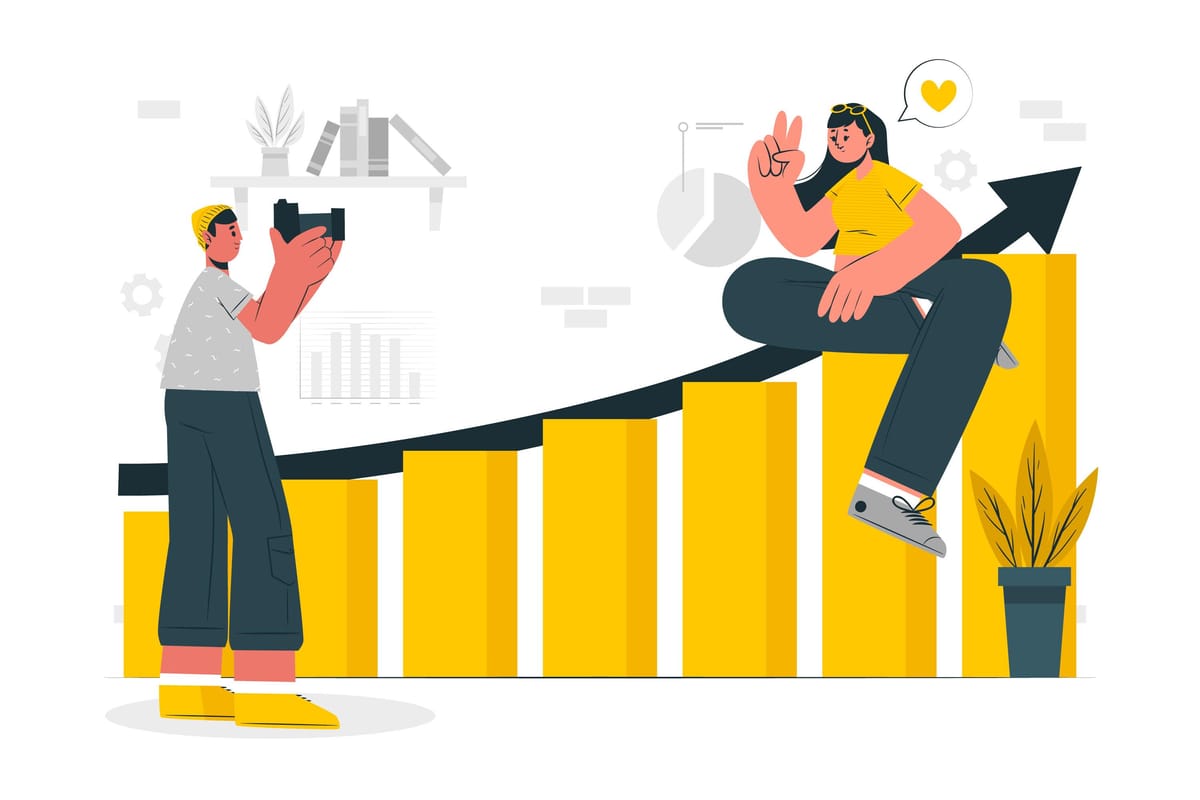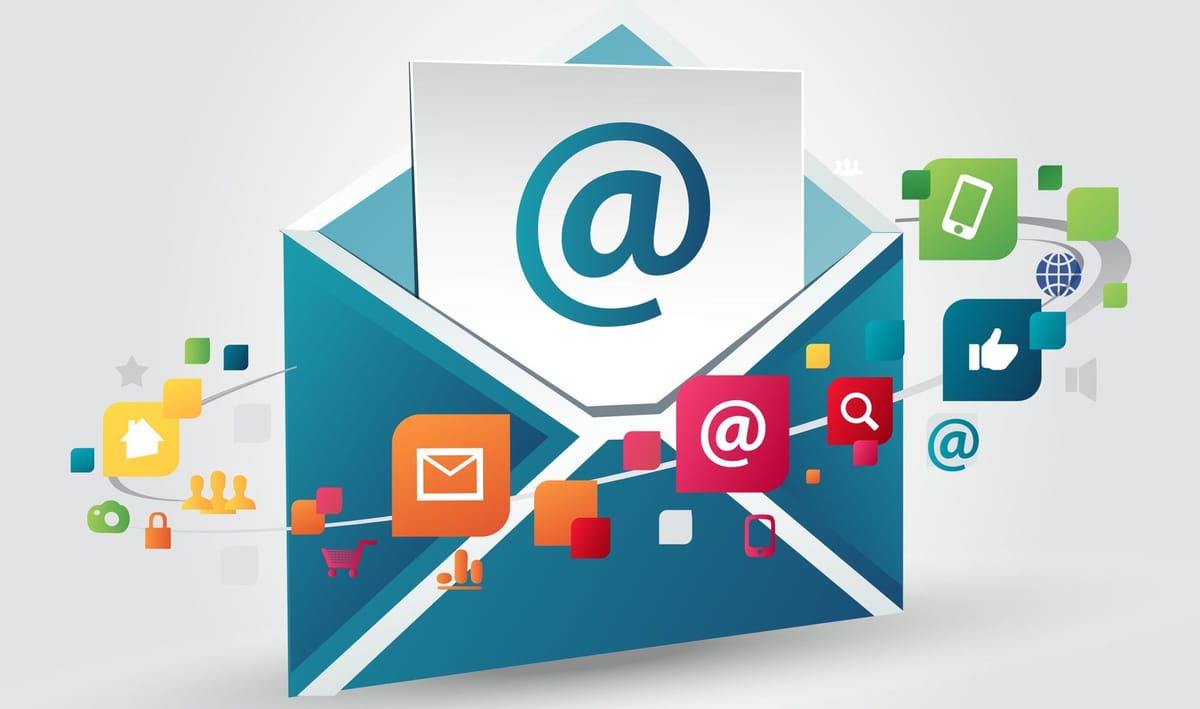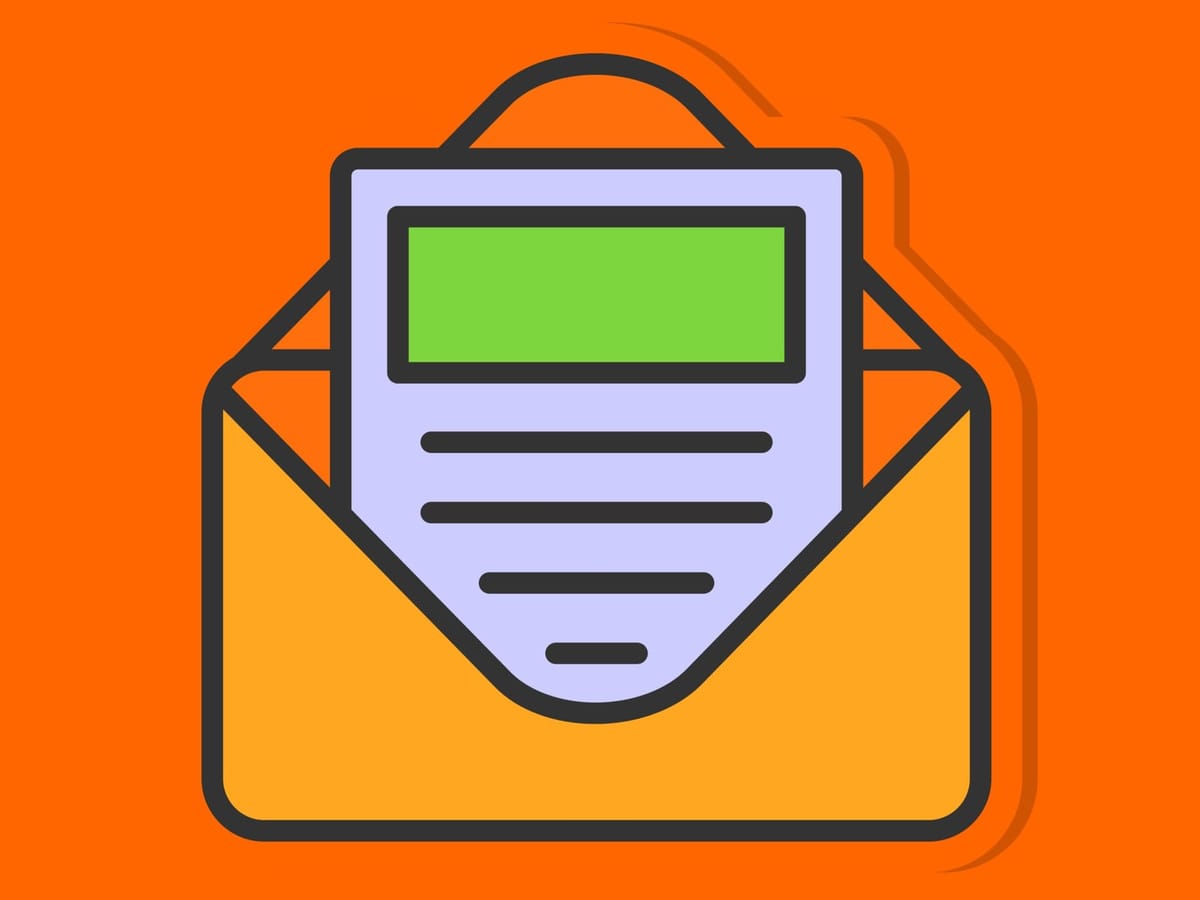Master Email Marketing: A 10-Step Guide to Building Successful Newsletters
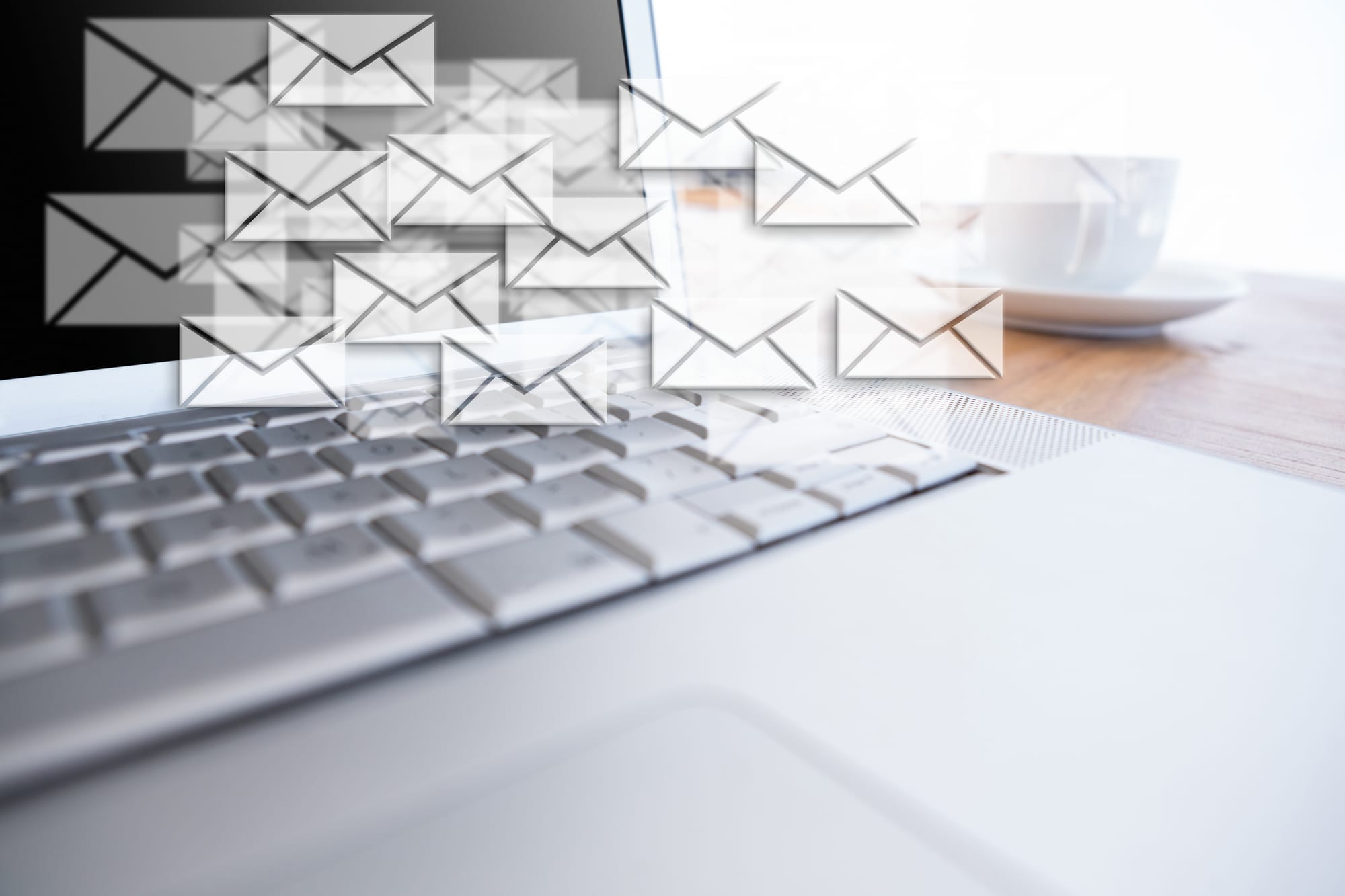
Email marketing is one of the most powerful tools for building relationships with your audience, promoting your products or services, and creating a loyal community. Whether you're a business owner, content creator, or hobbyist, starting a newsletter allows you to communicate directly with people who care about what you have to offer. If you're new to email marketing, this guide will walk you through each step needed to launch a successful newsletter and build your audience.
Once you decide which newsletter platform to run your newsletter, consider signing up for LetterSub. It is a valuable resource to expand your reach and visibility. LetterSub is the space to promote your newsletter, reach a wider audience, and find your community. When you’re ready to expand your influence, LetterSub is here to make it happen!
Let's dive into the 10 steps for building your winning newsletter.
Step 1: Define Your Newsletter's Purpose and Audience

Why It is Important
Defining your purpose and audience is like setting the GPS for your newsletter journey. Without a clear destination, your content could end up unfocused and ineffective. Think of your newsletter as a tool to achieve specific goals with a particular group of people in mind.
How to Do It
1. Ask Yourself Key Questions: What do you want to accomplish with your newsletter? Common goals include educating your audience, building brand awareness, or driving traffic to your website.
For example, if you’re a fitness trainer, your goal could be to educate clients about healthy living and promote your services.
2. Understand Your Audience: Who are you trying to reach? Visualize a typical subscriber—how old are they, what are their interests, and what problems do they face that your content can help solve?
Example: If you’re targeting busy professionals, they might be looking for quick health tips they can read in under five minutes.
3. Decide on Your Content Theme: Align your newsletter theme with your purpose and audience. For instance, if you’re an artist, your content could feature tips on art techniques, portfolio updates, or the story behind your artwork.
Step 2: Choose the Right Newsletter Platform

Why It is Important
A reliable platform that helps you design, send, and manage your newsletters, allowing you to focus on content without getting bogged down by technical issues.
How to Do It
1. Research Platforms Based on Your Needs
For Beginners: Look for user-friendly platforms like MailerLite that offer drag-and-drop editors and simple analytics.
For Growing Businesses: Consider ConvertKit or Mailchimp for more advanced features like automation, audience segmentation, and detailed analytics.
Read more details below about how to choose the right newsletter platform to grow your audience and business.
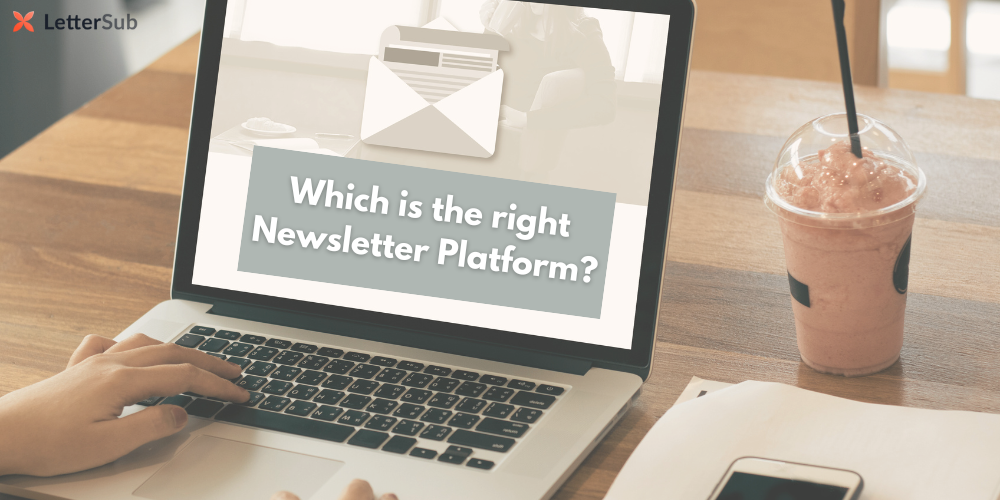
2. Test Out Features with Free Trials
Most platforms offer free versions or trials, so take time to test out their features. Focus on ease of design, flexibility in template customization, and analytics.
3. Compare Pricing Plans
Think about what features you need now versus what you may need in the future. Some platforms can grow with your business, but others may have limited free versions or lack essential tools for scaling up.
Step 3: Build and Segment Your Email List
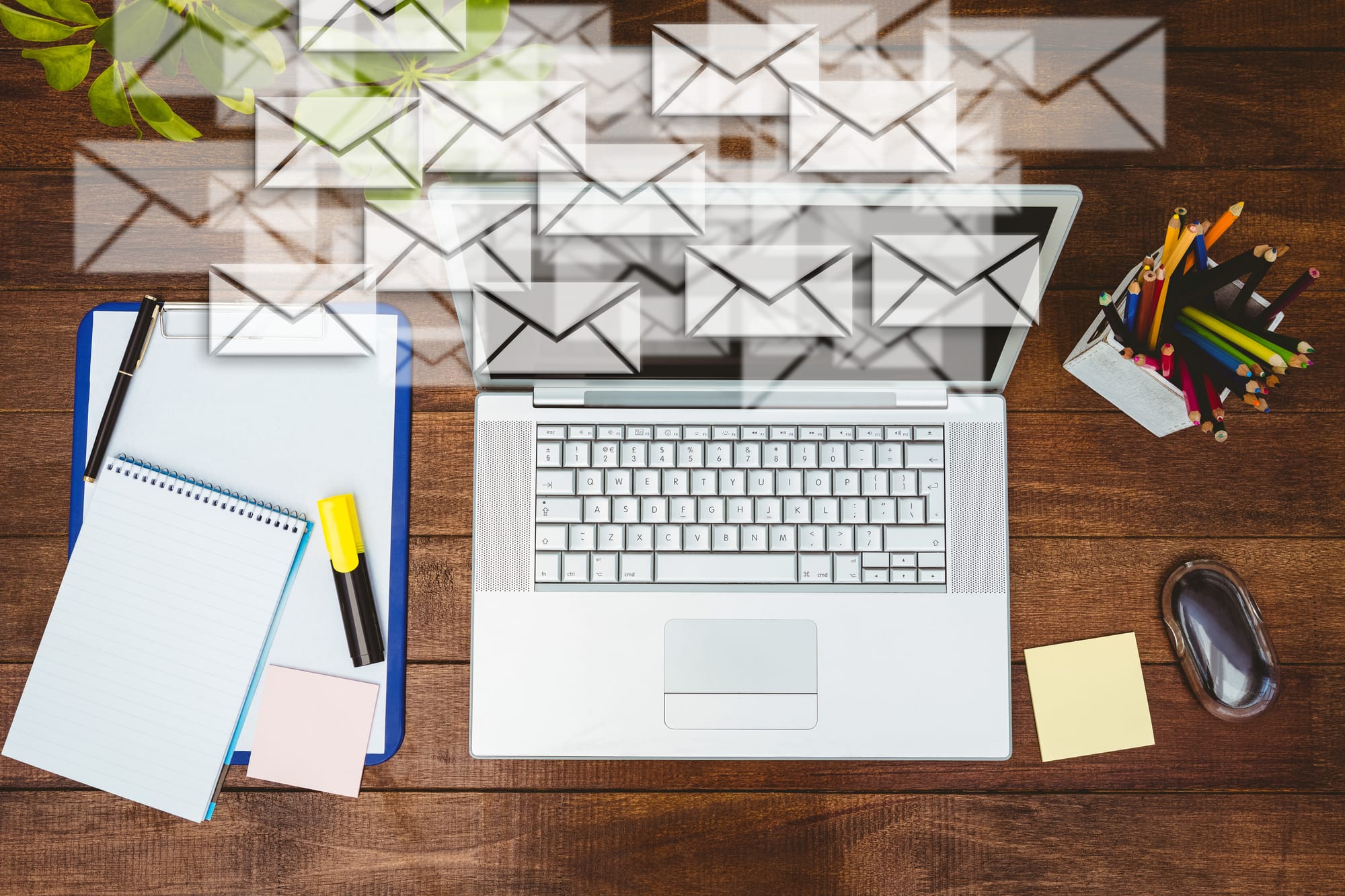
Why It is Important
Your email list is your audience base. Building it ensures you have people who are genuinely interested in receiving your newsletter. Segmenting helps tailor messages to different groups, making your content more relevant.
How to Do It
1. Create a Signup Form: Every newsletter platform has tools to create signup forms. Make sure it’s easy to find—place it on your website, blog, and social media profiles.
Example: A “Subscribe for Updates” button on your homepage that links to the signup form.
2. Offer an Incentive: Give new subscribers a reason to join. This could be a free guide, checklist, or an exclusive discount.
3. Ask Only for Necessary Information: Start with just the essentials—name and email. As you build trust, you can gather more info for segmentation.
4. Segment Your List: As you collect more subscribers, consider grouping them by interest or behavior.
Example: If you run a recipe blog, segment by dietary preferences (vegetarian, vegan, etc.) to send personalized content.
Step 4: Create Compelling Signup Forms

Why It is Important
Your signup form is the first interaction potential subscribers have with your newsletter. Make it compelling to increase your signup rate.
How to Do It
1. Craft a Clear Headline: Make it immediately obvious what people will gain from signing up.
Example: “Get Weekly Fitness Tips Straight to Your Inbox!”
2. Use Action-Oriented Language in Your CTA: Instead of “Submit,” use something specific, like “Join Now” or “Get Exclusive Tips.”
3. Keep It Simple: Avoid overwhelming people with too many fields. Stick to the basics, like first name and email.
4. Include a Short Description: Briefly describe what they’ll receive. For example, “Subscribe for bi-weekly tips, recipes, and special offers just for you.”
Step 5: Plan Your Content and Schedule

Why It is Important
Consistency builds trust with your audience. A set schedule helps readers know when to expect your content, and it also makes it easier for you to plan.
How to Do It
1. Decide on Your Content Types: Think about what will interest your audience. Examples include:
Educational Content: Tips, how-tos, and tutorials relevant to your niche.
Exclusive Offers: Discounts or early access to new products.
Behind-the-Scenes Content: Updates or personal stories to build connection.
2. Create a Content Calendar: A simple spreadsheet with dates and planned topics can keep you organized and consistent.
3. Choose a Frequency: Pick a frequency that’s realistic for you. Many people start with a monthly or bi-weekly schedule.
Step 6: Write Engaging Subject Lines and Preview Texts
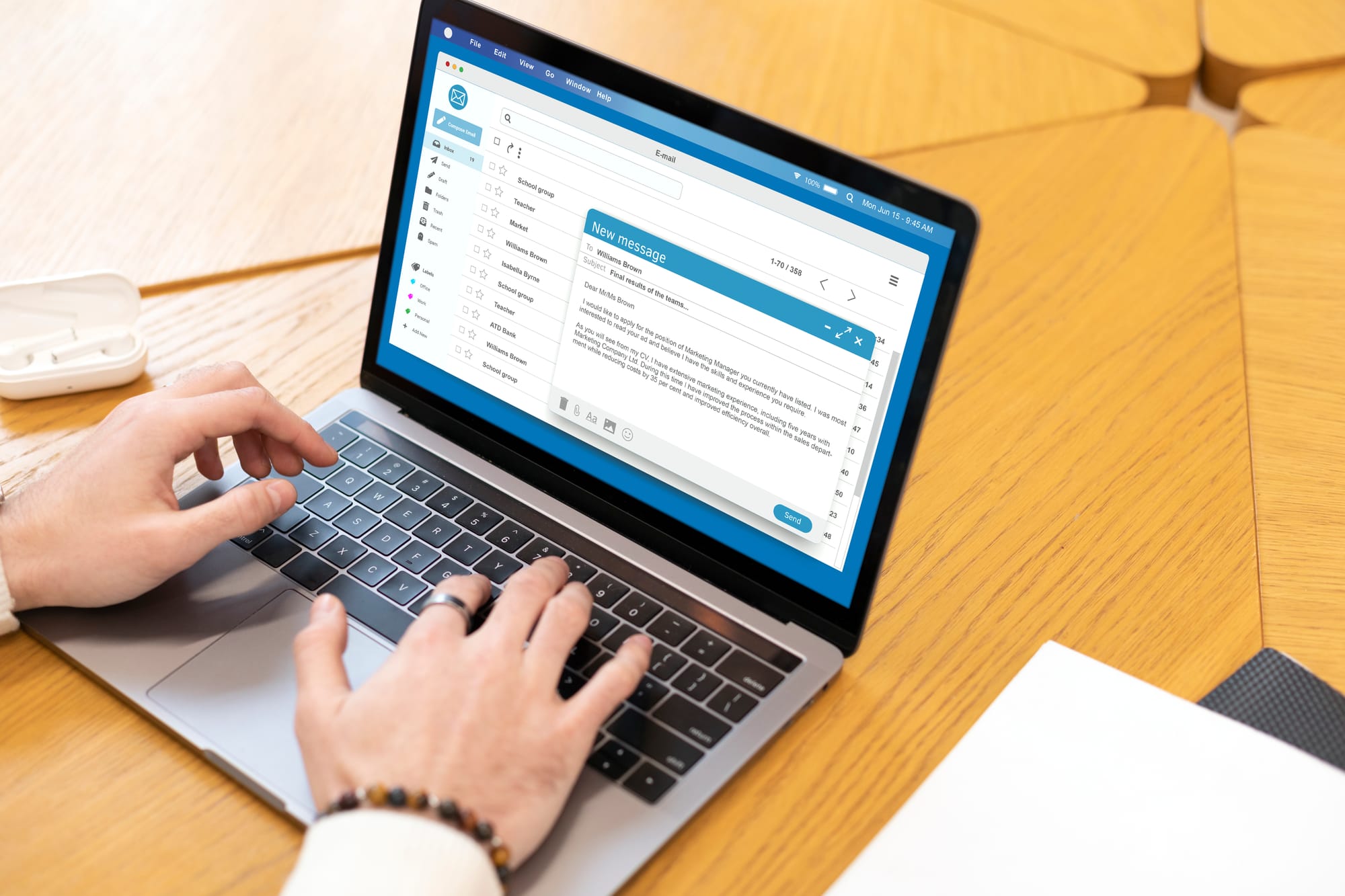
Why It is Important
Your subject line is the first thing subscribers see in their inbox. If it doesn’t grab attention, your email may go unread.
How to Do It
1. Keep Subject Lines Short and Clear: Aim for around 6-8 words that hint at the email’s content.
Example: “5 Tips to Improve Your Morning Routine.”
2. Use Actionable Words: Words like “Discover,” “Learn,” or “Unlock” can create a sense of urgency.
3. Preview Text: Most platforms let you add preview text, a short sentence that appears next to the subject line. Use it to provide more context and entice readers to open.
Example: “Take control of your mornings with these simple steps.”
Step 7: Design Your Email for Readability

Why It is Important
A well-designed email is easier to read and more engaging, making subscribers more likely to continue reading.
How to Do It
- Use a Simple Layout: Avoid clutter. Many platforms offer templates—pick one that is easy to follow, with a clear hierarchy.
- Break Up Text: Use short paragraphs, bullet points, and images to break up the content and make it easier to read.
- Include a CTA Button: Guide your readers on what to do next, like “Read More” or “Shop Now.”
- Check Mobile Responsiveness: Many subscribers will read your email on their phone. Preview your email on both desktop and mobile to ensure it looks good.
Step 8: Personalize Your Content
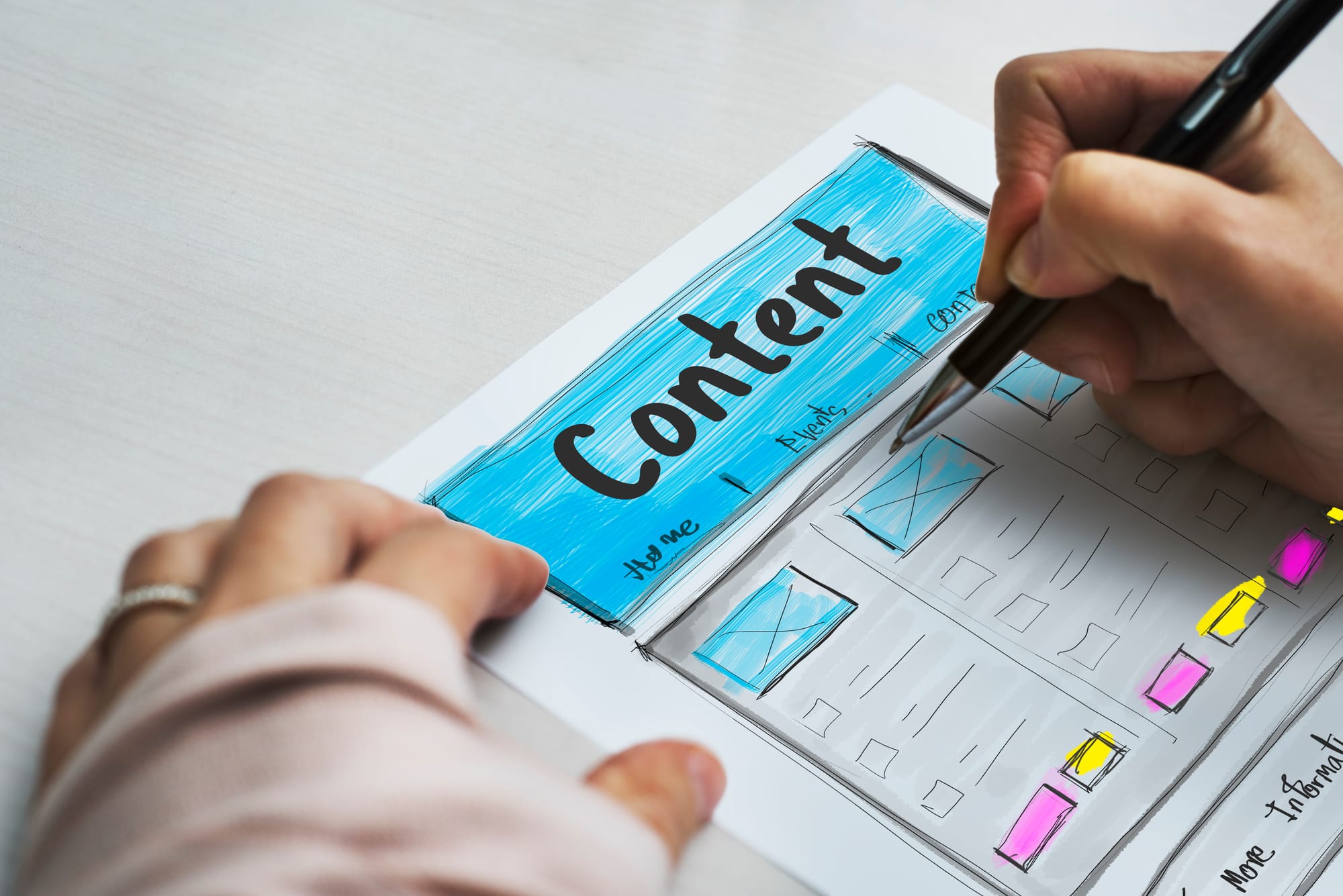
Why It is Important
Personalization makes emails feel more relevant and builds a stronger connection with readers.
How to Do It
- Use Subscribers’ Names: Most platforms let you add a placeholder that will automatically insert each subscriber’s name.
- Segment Content Based on Interests: Send different versions of emails based on reader preferences if possible.
- Include Personalized Recommendations: If applicable, suggest products, articles, or offers based on their past interactions.
Step 9: Track Key Metrics

Why It is Important
Metrics show what’s working and what isn’t, so you can improve over time.
How to Do It
- Check Open Rates: This shows how many people opened your email. Low open rates may mean you need to improve your subject lines.
- Track Click-Through Rates (CTR): This shows how many readers clicked on links within your email. If CTR is low, consider improving your CTA.
- Monitor Unsubscribe Rates: This helps you understand if your content is meeting your audience’s expectations.
Step 10: Promote Your Newsletter with LetterSub
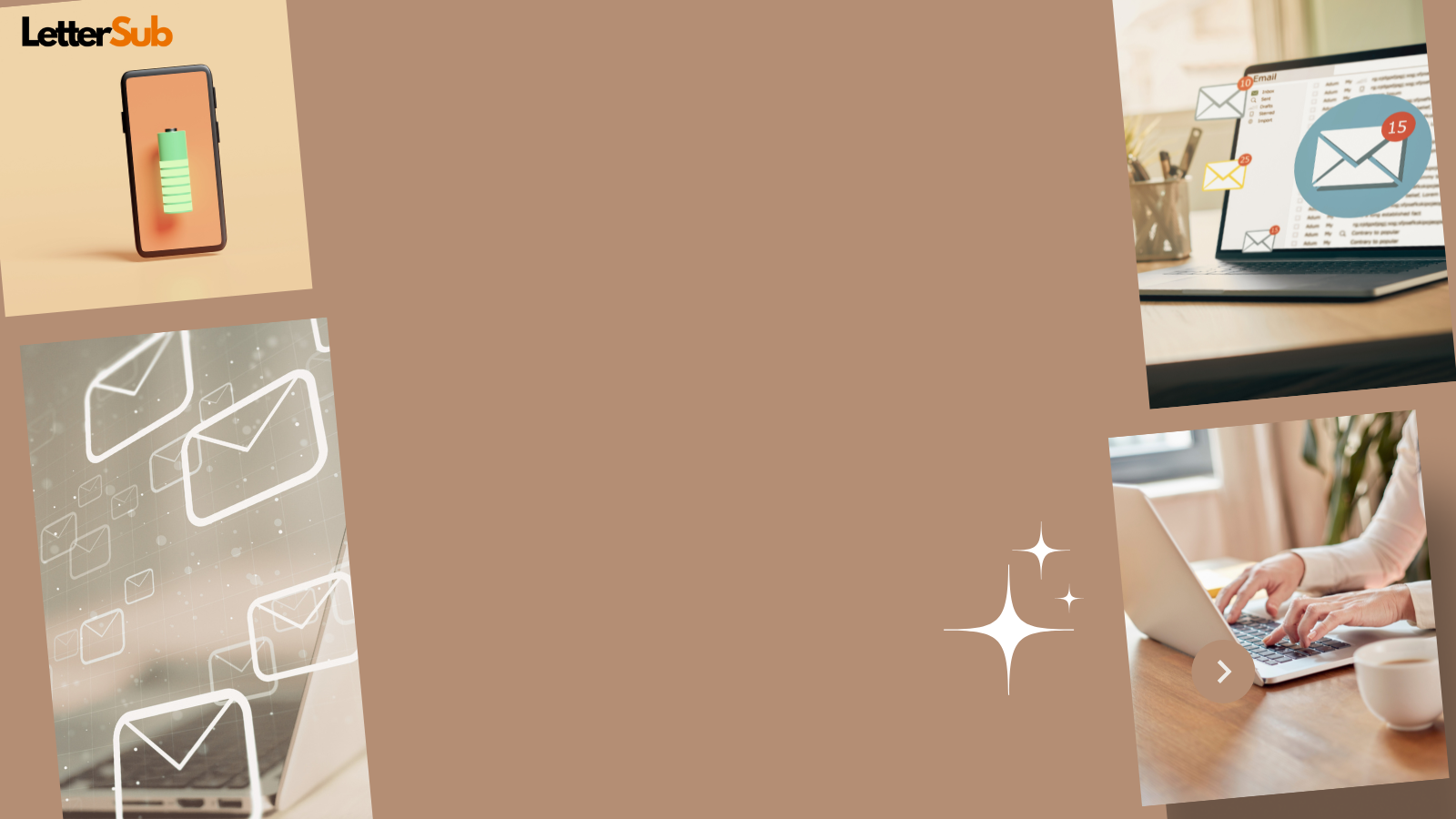
Why It’s Important
Once your newsletter is live, the next step is promoting it to grow your audience. Promoting your newsletter is essential to reach new audiences and grow your subscriber base.
How to Do It
- Create a Profile on LetterSub: LetterSub allows you to showcase your newsletter and connect with readers who are interested in your niche. Check our previous blog post here on how to create a profile on Letter Sub.
- Share Across Platforms: Link your LetterSub profile on social media, website, or even as a CTA within your emails to expand your reach. Check out our previous blog post here to expand your reach and engage with your audience.
Engage with the Community: Use LetterSub’s community features to find like-minded individuals and build a following.
Conclusion
Starting a newsletter might seem daunting, but by following these 10 steps, you’ll be well on your way to building a successful email marketing campaign. From defining your audience to promoting your content, each step is crucial to creating a newsletter that not only engages readers but also supports your business goals.
Ready to take your newsletter to the next level? Join LetterSub and showcase your newsletter to a wider community, expanding your reach and connecting with a growing audience. With LetterSub, your newsletter can find its place in a supportive community, where visibility and growth come naturally.
Related blog posts that you might want to read:
